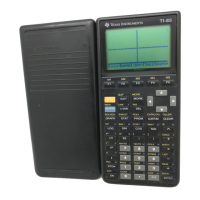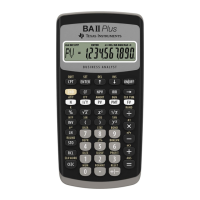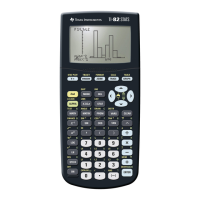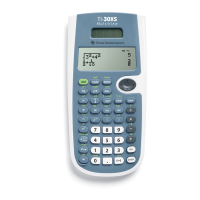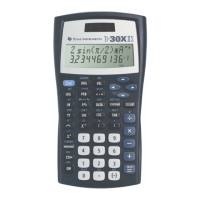Appendix B: Technical Reference 937
LnReg
Uses the least-squares algorithm and transformed
values ln(x) and y to fit the model equation:
y=a+b ln(x)
Logistic
Uses the least-squares algorithm to fit the model
equation:
y=a/(1+b
*
e
^(c
*
x))+d
MedMed
Uses the median-median line (resistant line)
technique to calculate summary points x1, y1, x2,
y2, x3, and y3, and fits the model equation:
y=ax+b
where a is the slope and b is the y-intercept.
PowerReg
Uses the least-squares algorithm and transformed
values ln(x) and ln(y) to fit the model equation:
y=ax
b
QuadReg
Uses the least-squares algorithm to fit the second-
order polynomial:
y=ax
2
+bx+c
For three data points, the equation is a polynomial
fit; for four or more, it is a polynomial regression.
At least three data points are required.
QuartReg
Uses the least-squares algorithm to fit the fourth-
order polynomial:
y=ax
4
+bx
3
+cx
2
+dx+e
For five data points, the equation is a polynomial
fit; for six or more, it is a polynomial regression. At
least five data points are required.
SinReg
Uses the least-squares algorithm to fit the model
equation:
y=a sin(bx+c)+d

